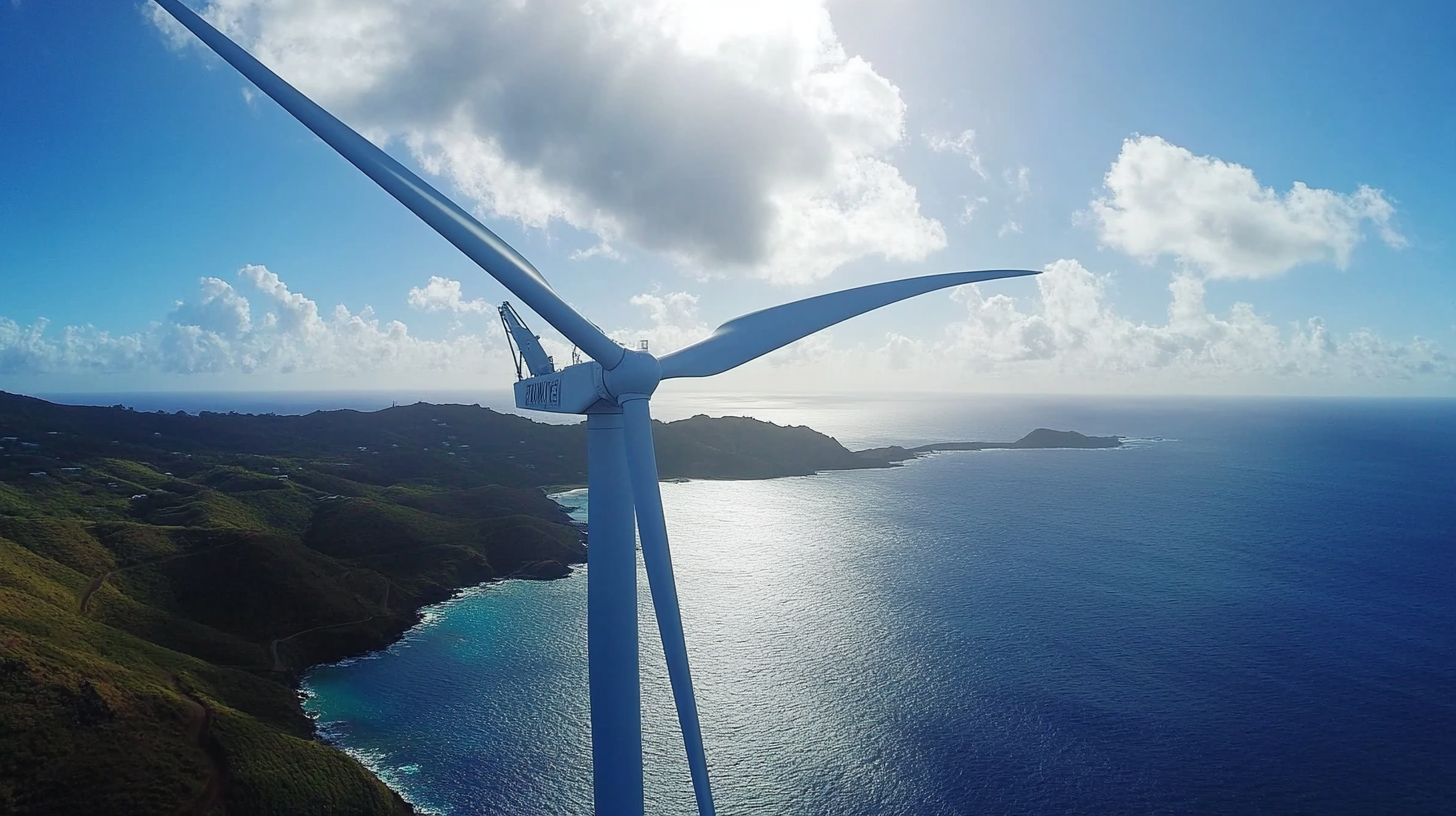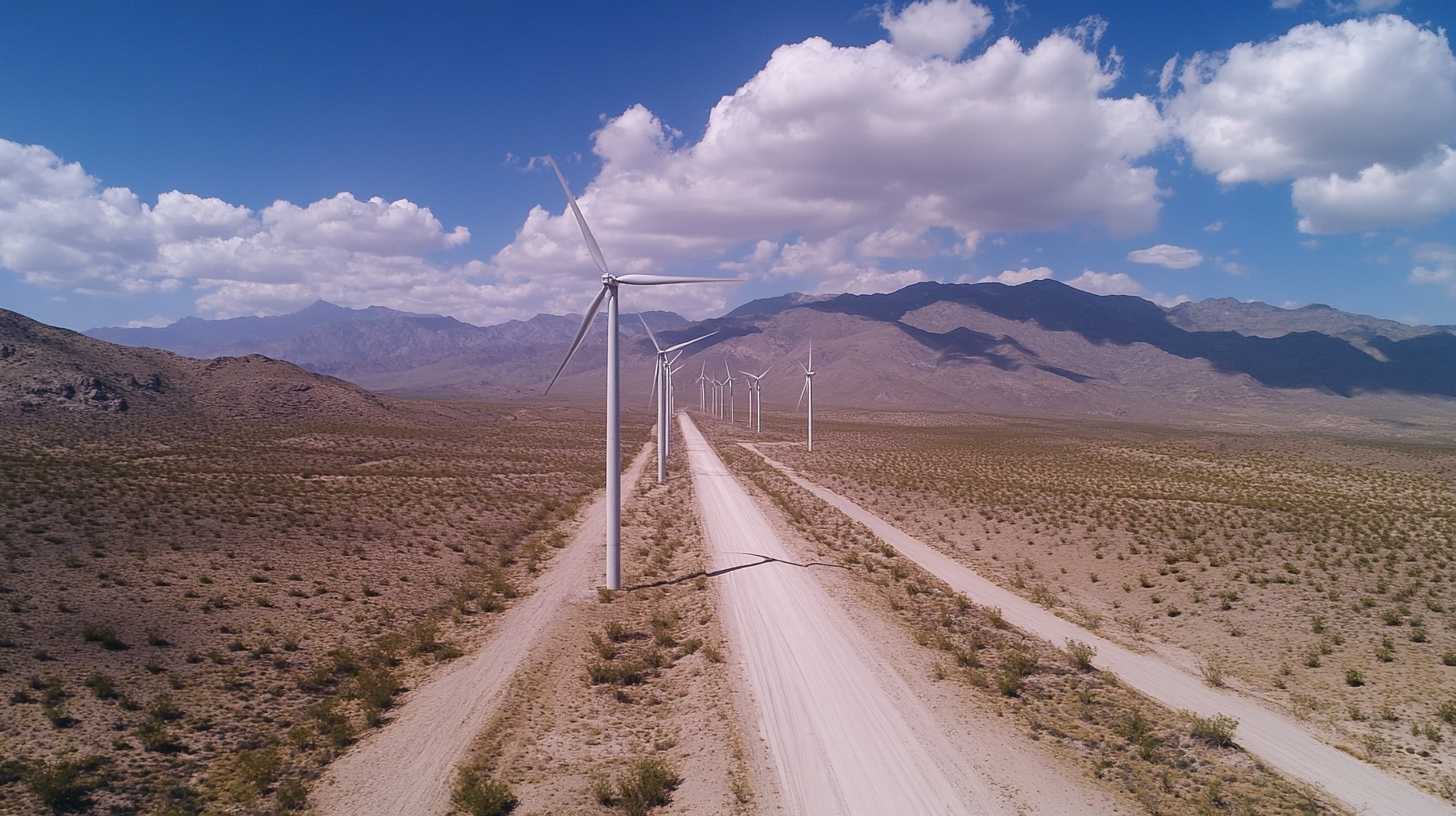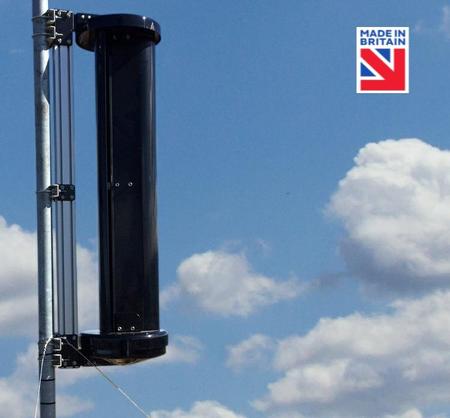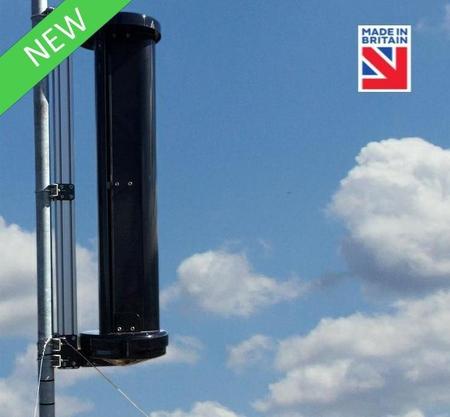Blog
Comprehensive Technical Specifications of Wind Turbines with 2023 Insights on Efficiency Upgrades
The wind energy sector has seen remarkable advancements in recent years, with the International Energy Agency (IEA) reporting a 30% increase in global wind power capacity between 2020 and 2022, reaching over 800 GW. As the demand for renewable energy continues to rise, so does the need for improved efficiency and reliability in wind turbine technology. These turbines play a critical role in harnessing wind energy to reduce greenhouse gas emissions and mitigate climate change, making the exploration of their technical specifications increasingly relevant.
In 2023, the focus on technological upgrades and innovations in wind turbine designs has intensified. Current industry reports highlight that new models are now achieving capacity factors of over 50%, a significant improvement from previous benchmarks. This blog aims to provide a comprehensive overview of the latest technical specifications of wind turbines, emphasizing the efficiency upgrades that companies are implementing to meet global energy demands. By dissecting these advancements, we can better understand the future trajectory of wind energy and its pivotal role in sustainable development.

Technical Overview of Modern Wind Turbine Designs
The modern wind turbine has evolved significantly over the years, transforming from simple designs into sophisticated engineering marvels. At the core of these advancements is the innovative approach to rotor blade design, which has become more aerodynamically efficient. Contemporary wind turbines often feature longer, lighter blades crafted from advanced materials, allowing them to capture more kinetic energy from the wind. These designs not only enhance efficiency but also contribute to reduced noise and lower operational costs, making wind energy a more viable option for addressing global energy demands.
Additionally, the integration of smart technology into wind turbine designs has revolutionized their functionality. Modern turbines are equipped with sensors and intelligent software systems that monitor performance in real-time, optimizing energy output and facilitating predictive maintenance. This tech-savvy approach minimizes downtime and maximizes efficiency, particularly in large wind farms where turbines must work in unison. Moreover, the implementation of grid-compatible designs allows for better energy distribution, significantly contributing to the stability of renewable energy sources in national grids.
Another pivotal aspect is the focus on compact and modular designs that facilitate easy transport and installation. As wind energy continues to expand globally, manufacturers are increasingly developing turbines that can be assembled quickly and transported to remote locations. This adaptability is crucial for harnessing wind energy in diverse geographical settings, further solidifying wind turbines as a cornerstone of renewable energy infrastructure. As we move into 2023, these advancements in turbine design highlight a promising future for clean energy solutions.

Key Performance Metrics for Wind Turbine Efficiency
As the wind energy sector evolves, understanding the key performance metrics for wind turbine efficiency becomes increasingly essential. These metrics not only determine how effectively turbines convert wind energy into electricity but also influence operations, maintenance routines, and overall energy output. In 2023, advancements in turbine design and technology have led to noteworthy improvements in these performance indicators, allowing operators to harness wind resources more efficiently than ever before.
One of the most critical metrics is the capacity factor, which reflects the ratio of actual energy produced to the maximum possible energy output over a given period. Innovations in turbine blade design have resulted in longer and more aerodynamically optimized blades, which capture more wind energy at various speeds. Furthermore, advancements in predictive maintenance tools enable operators to monitor turbine performance continuously, ensuring any inefficiencies are addressed promptly to maximize output.
Another significant performance metric is the annual energy production (AEP), which estimates the total energy output a turbine can deliver in a year. The forecast models used for AEP calculations have become more accurate thanks to improvements in forecasting and simulation technologies. Alongside this, enhancements in control systems are allowing for better adjustments to variable wind conditions, leading to a substantial increase in operational efficiency and overall energy yield, solidifying wind turbines' position as a cornerstone of sustainable energy generation.
Wind Turbine Efficiency Metrics 2023
This pie chart illustrates the key performance metrics for wind turbine efficiency in 2023, highlighting the contributions of different factors to overall efficiency.
Recent Innovations in Wind Turbine Technology
The wind energy sector is experiencing rapid advancements, driven by a surge in innovative technologies that enhance the efficiency and reliability of wind turbines. Recent innovations have focused on improving blade design, optimizing energy capture, and integrating smart sensor systems. For instance, the development of larger, aerodynamically advanced blades allows turbines to harness wind energy more effectively, maximizing output even in lower wind conditions. These innovations not only boost efficiency but also significantly reduce the cost of energy produced.
Moreover, digital technologies are playing a pivotal role in shaping the future of wind turbine operations. The integration of real-time monitoring systems enables predictive maintenance, allowing operators to identify potential issues before they escalate into costly repairs. These systems leverage data analytics and machine learning algorithms, leading to improved uptime and performance. Additionally, advancements in materials science have led to lighter and more durable components, enhancing the longevity and sustainability of wind turbines.
As the industry progresses, the focus on hybrid solutions combining wind with other renewable sources is gaining traction. This approach allows for a more stable and continuous power supply, addressing the intermittency issues traditionally associated with wind energy. Overall, the recent innovations in wind turbine technology not only enhance efficiency but also strengthen the case for wind power as a cornerstone in the transition towards sustainable energy systems.
Comprehensive Technical Specifications of Wind Turbines with 2023 Insights on Efficiency Upgrades
| Specification | Value | Notes |
|---|---|---|
| Max Power Output | 3.0 MW | New models have improved efficiency |
| Rotor Diameter | 120 m | Increased rotor size enhances energy capture |
| Cut-in Wind Speed | 3.5 m/s | Lower wind speed required for operation |
| Rated Wind Speed | 12 m/s | Optimal performance at this wind speed |
| Cut-out Wind Speed | 25 m/s | Turbine shuts down to avoid damage |
| Annual Energy Production | 8,500 MWh | Estimated based on average wind conditions |
| Efficiency Upgrade Innovations | Variable Speed Drive | Improves energy capture and grid integration |
Impact of Material Science on Turbine Performance Enhancement
The impact of material science on the performance enhancement of wind turbines cannot be overstated, particularly as advancements in composite materials and innovative manufacturing techniques are revolutionizing the industry. Recent research highlights the critical role of composite structures, known for their exceptional strength-to-weight ratios and durability, in optimizing turbine design. By integrating these materials, engineers can create lighter yet more robust turbine blades, which can directly improve efficiency and longevity. This synergy between material science and engineering design is paving the way for more sustainable and productive wind energy solutions.
Furthermore, the advent of machine learning is augmenting traditional approaches to turbine performance. By employing smart failure detection and optimizing the strategic placement of turbines, researchers are harnessing the potential of data-driven techniques to enhance operational efficiency. Machine learning allows for real-time monitoring and predictive maintenance, ensuring that turbines operate at peak performance and minimizing downtime. As we continue to investigate the intersection of material innovations and advanced technologies, the potential for significant gains in wind turbine efficiency becomes increasingly evident.
Innovative processes like 3D printing are also making waves in turbine component manufacturing. New ceramic materials that are resistant to high temperatures can lead to enhanced gas turbine efficiency, showcasing the versatility of modern engineering solutions. These developments highlight the importance of interdisciplinary collaboration in the quest to improve renewable energy systems, demonstrating how advances in material science and technology can synergistically propel the wind energy sector forward.

Future Trends in Wind Energy and Sustainability Practices
As we look toward the future of wind energy and sustainability practices, several emerging trends are shaping the landscape. The surge in efficiency upgrades in wind turbine technology is just one example of how the industry is adapting to meet the increasing demands for clean energy. Wind energy is becoming more competitive with traditional fossil fuels, thanks to innovations that enhance turbine performance and reliability. These advancements not only boost energy output but also contribute significantly to the global push for net-zero emissions.
In parallel, the emphasis on sustainable practices is becoming critical. The integration of renewable cloud computing technologies into wind energy operations is an excellent illustration of this trend. By leveraging green cloud solutions, wind energy companies can minimize their operational carbon footprint while simultaneously improving data management and energy usage efficiency. This alignment of technology and sustainability not only drives operational excellence but also attracts investors looking to support environmentally responsible companies.
As we approach COP28 in Dubai, the dialogue around sustainability will intensify, focusing on actionable strategies for emission reductions. Many forward-thinking organizations are prioritizing clean energy and sustainable supply chains as part of their core business strategies. The next decade promises a transformative shift not just in wind energy output, but also in how businesses operationalize sustainability, driving meaningful change across the globe.
Tell us about your project
Our Off-grid experts will come back with recommendations









